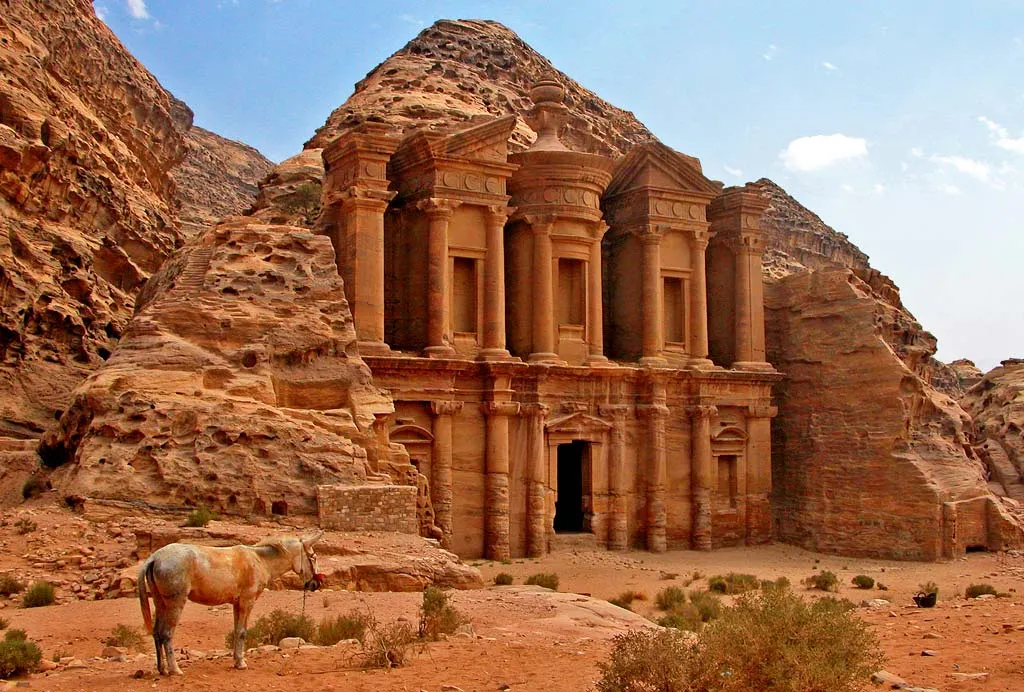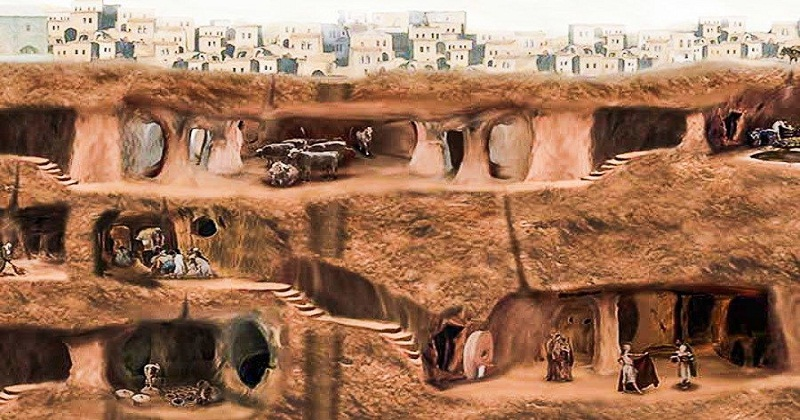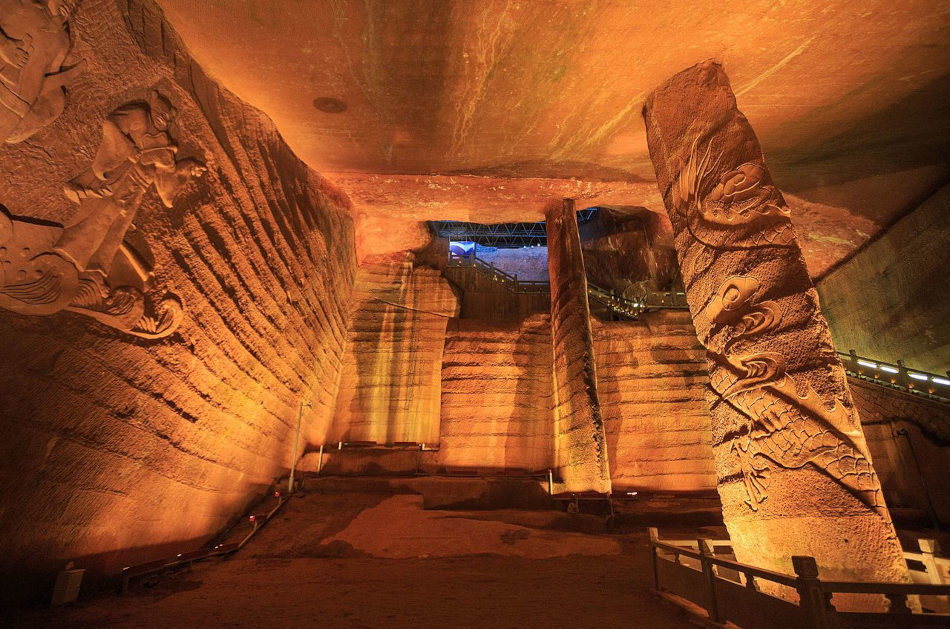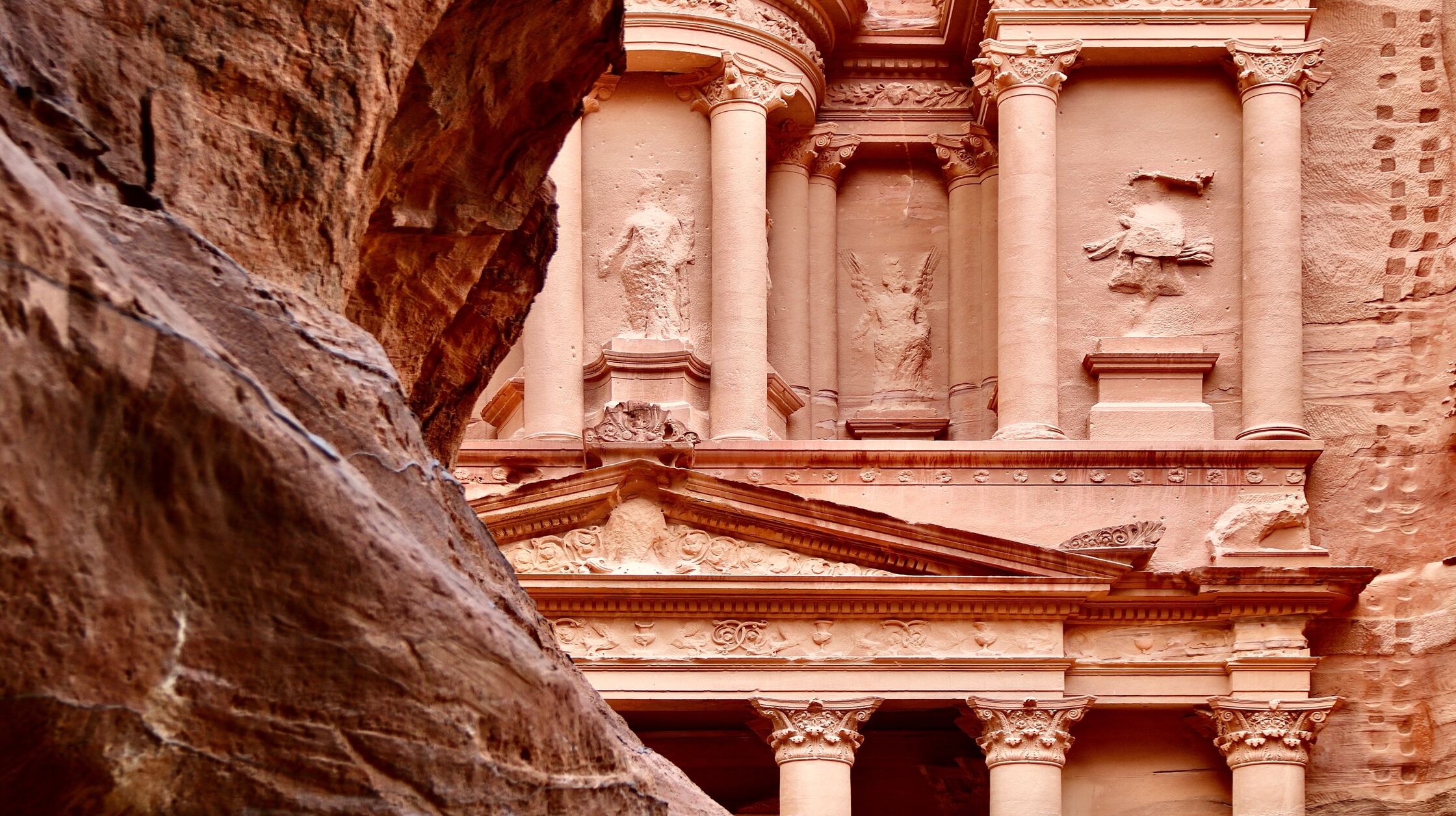From the ancient cliff dwellings of Petra in Jordan to the intricate labyrinth of catacombs beneath Paris, the world is teeming with architectural wonders that are hidden beneath the surface. These structures, burrowed into Earth’s cradle, not only reflect human ingenuity but also highlight a harmonious blend of architectural prowess with natural geology. Let’s embark on a journey through some of these fascinating subterranean masterpieces that have captivated the imaginations of explorers, historians, and tourists alike.

Known as the “Rose City” due to the color of the stone out of which it is carved, Petra is an archaeological city in Jordan that dates back as far as 300 B.C. This ancient Nabatean city was expertly carved directly into vibrant red, white, and pink sandstone cliffs, boasting intricate tombs, temples, and elaborate structures such as the iconic Al Khazneh (“The Treasury”). An epitome of architectural brilliance, Petra ingeniously harnesses the terrain for structural support while the internal water conduits reveal an advanced understanding of hydraulics.

Often referred to as the “opal capital of the world”, Coober Pedy is a small mining town in South Australia where residents live, work, and worship underground. Built to escape the scorching outback heat, the dugout homes, or “dugouts”, include everything from bedrooms and kitchens to underground churches and even a subterranean golf course. This unique town gives us a glimpse of innovative, eco-friendly architecture that uses the Earth’s natural insulation to provide energy-efficient cooling and heating.

Hidden beneath the rocky hills of Central Anatolia in Turkey, Derinkuyu is an expansive underground city reaching depths of 60 meters. Historians believe it was built by the Phrygians around the 8th–7th centuries B.C and later expanded by the Byzantines. This complex labyrinth of tunnels and rooms could reportedly accommodate around 20,000 people, complete with areas for livestock, wine and oil presses, cellars, chapels, and ventilation shafts, embodying a remarkable feat of ancient engineering.

Underneath the bustling streets of Paris lie the chilling Catacombs, a network of subterranean tunnels and rooms that hold the skeletal remains of over six million people. Initially part of a Roman-era limestone quarry, these catacombs were converted into a vast ossuary in the late 18th century due to overcrowding in Parisian cemeteries. The intricately arranged bones along the dimly-lit passageways make for a haunting yet captivating exploration of Paris’s past.

Discovered accidentally in 1992, the Longyou Caves are a series of large manmade caverns in Zhejiang province, China, whose origin remains a mystery. These caves, of which 24 have been found so far, feature parallel and cross grooves on the walls, ceilings, and pillars. Despite the lack of any historical documentation or signs of usage, the precision and scale of these caves reflect a level of planning and sophistication, making them one of the most enigmatic architectural curiosities.




